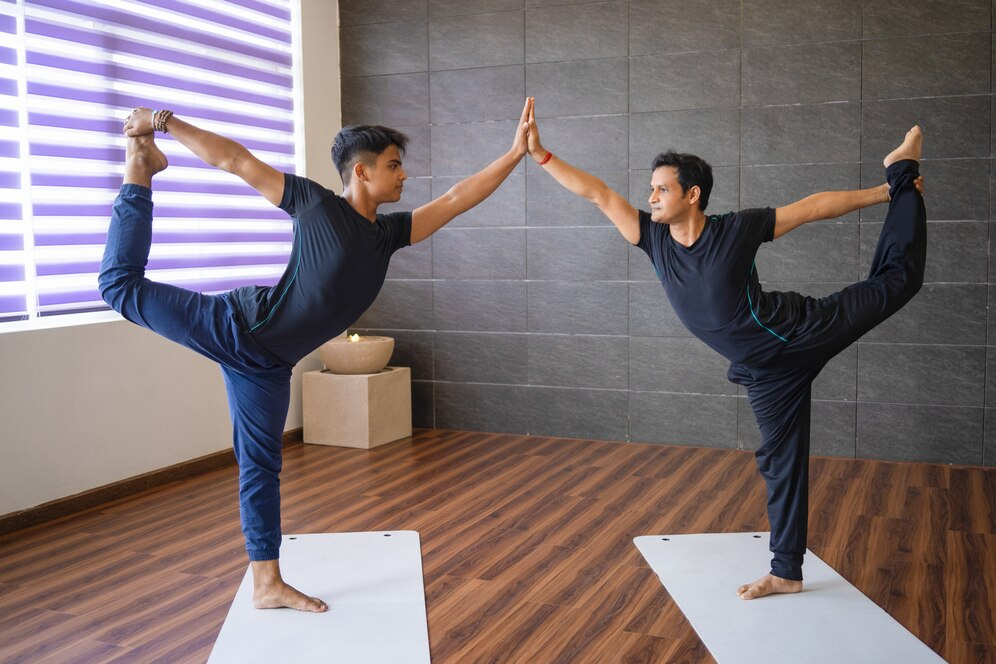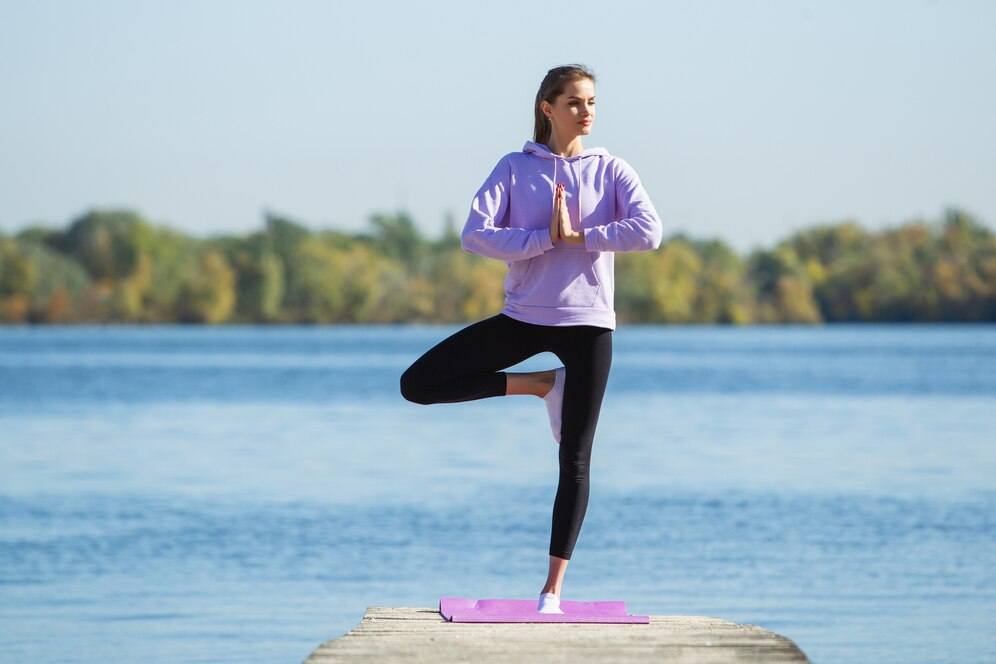Achieving Harmony: The Importance Of Balance And Coordination Workouts In Enhancing Physical Well-being
Table of Contents
In the pursuit of overall health and fitness, it’s easy to focus on cardiovascular exercises, strength training, and flexibility workouts while neglecting an essential aspect—Balance and Coordination Workouts.
These two components play a pivotal role in maintaining a healthy and functional body, influencing our daily activities, and preventing injuries.
In this article, we will explore the significance of balance and coordination workouts, their impact on physical well-being, and effective exercises to enhance these crucial skills.
Understanding Balance and Coordination:
Balance and coordination are closely interlinked aspects of motor skills that involve the integration of sensory information, the central nervous system, and muscular responses.
Balance refers to the ability to maintain equilibrium, while coordination involves the efficient movement of different body parts in a synchronized manner.
Both skills are essential for performing various activities, from simple tasks like walking and reaching for an object to more complex activities such as sports and dancing.
The Importance of Balance and Coordination:
- Injury Prevention:
- Strong balance and coordination contribute significantly to injury prevention.
- A well-coordinated body can respond effectively to unexpected challenges, such as uneven surfaces or sudden changes in direction, reducing the risk of falls and injuries.
- Enhanced Athletic Performance:
- Athletes across various sports benefit greatly from improved balance and coordination.
- These skills are fundamental for agility, quick reflexes, and precise movements, enabling athletes to perform at their peak and excel in their respective fields.
- Functional Movement:
- Everyday activities, from picking up groceries to climbing stairs, require a combination of balance and coordination.
- Strengthening these skills enhances the efficiency and ease with which we perform daily tasks, promoting an active and independent lifestyle.
- Posture Improvement:
- Good posture is closely linked to balance and coordination.
- Exercises that target these skills help improve posture by enhancing the body’s awareness of its positioning and alignment, reducing the strain on muscles and joints.
- Cognitive Benefits:
- Engaging in balance and coordination exercises stimulates the brain by promoting the integration of sensory and motor information.
- This can enhance cognitive function, including concentration, memory, and spatial awareness.
Effective Balance and Coordination Exercise:
- Balance Exercises:
- Single-leg stance: Stand on one leg, gradually increasing the duration.
- Bosu ball exercises: Perform squats, lunges, or standing exercises on a Bosu ball to challenge stability.
- Tai Chi and Yoga: These practices incorporate flowing movements and poses that enhance balance and flexibility.
- Coordination Exercises:
- Agility ladder drills: Develop quick footwork and coordination by practicing various ladder patterns.
- Jump rope: Improve timing, rhythm, and coordination with jump rope exercises.
- Dance classes: Participating in dance styles like salsa or ballroom requires precise coordination of movements.
- Combined Exercises:
- Functional movements: Engage in exercises that combine balance and coordination, such as standing on one leg while performing bicep curls.
- Stability ball exercises: Incorporate stability balls into strength training routines to challenge balance and coordination simultaneously.
Incorporating Balance and Coordination Workouts into Your Routine:
- Start Slow:
- If you’re new to balance and coordination exercises, begin with basic movements and gradually progress to more challenging activities as your skills improve.
- Consistency is Key:
- Like any fitness regimen, consistency is crucial for seeing results. Aim for regular sessions to build and maintain your balance and coordination.
- Seek Professional Guidance:
- Consider consulting a fitness professional or physical therapist to tailor a workout plan that suits your individual needs and addresses any specific challenges or concerns.
Conclusion:
In fitness, balance and coordination thread functionality and resilience into our bodies’ fabric, enhancing overall well-being. Ignoring these skills risks diminished life quality, heightened injury risk, and impaired physical performance.
By incorporating targeted balance and coordination workouts into our exercise routines, we can unlock a myriad of benefits that extend beyond the gym, fostering a healthier and more agile body that is better equipped to navigate the challenges of daily life.


